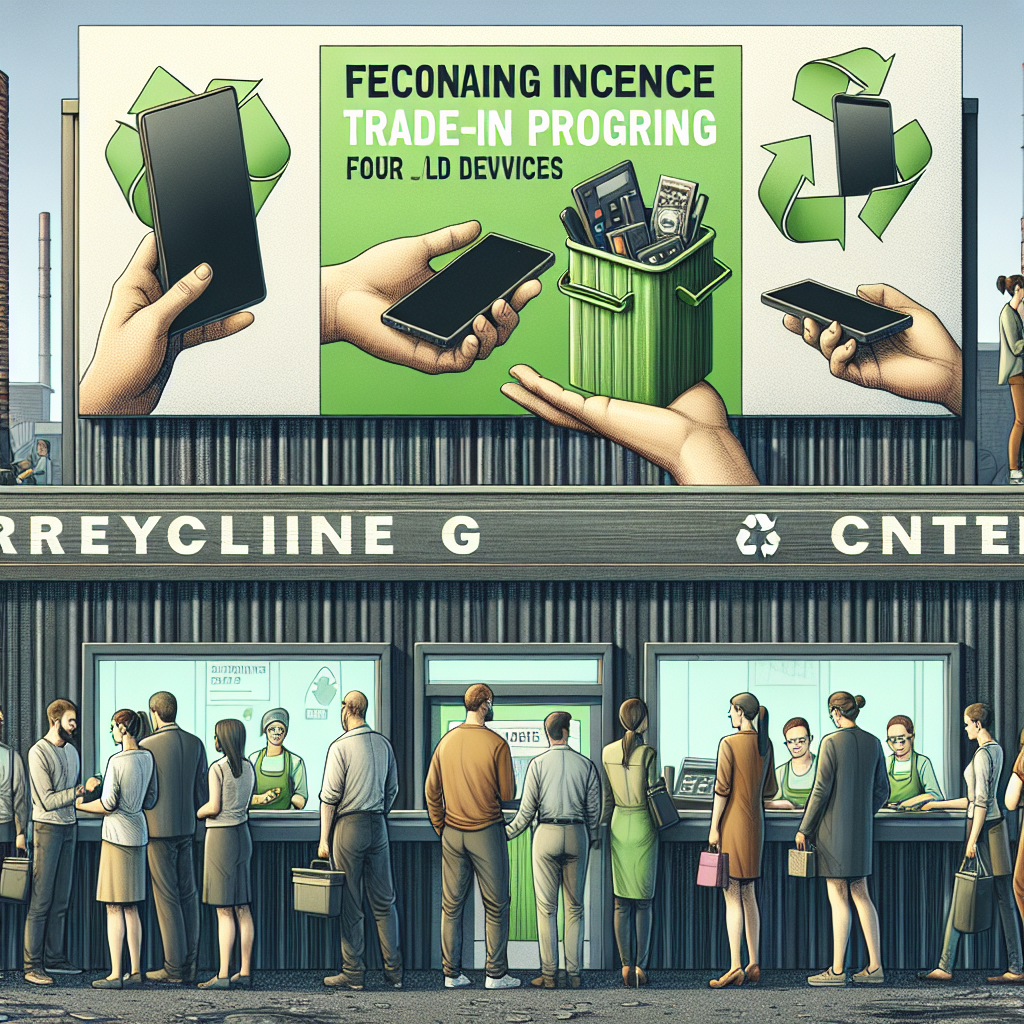5 Ways to Make Your Tech Procurement More Sustainable
As the world becomes more environmentally conscious, businesses and individuals are seeking ways to make their tech procurement more sustainable. From reducing e-waste to considering energy-efficient devices, there are several ways you can incorporate eco-friendly practices into your purchasing decisions. Below are five strategies to follow for more sustainable tech procurement.
1. Opt for Refurbished or Pre-Owned Devices
One of the simplest ways to reduce your carbon footprint is by purchasing refurbished or pre-owned devices. Instead of buying brand-new gadgets that contribute to increasing demand for raw materials and manufacturing emissions, consider investing in high-quality, certified refurbished items.
Refurbished devices often come at a fraction of the price, while still providing excellent performance. Several manufacturers and retailers now offer warranty-backed refurbished products, making this an eco-conscious yet reliable choice.
2. Choose Energy-Efficient Products
Energy consumption is a significant factor when it comes to sustainability in technology. Look for devices with energy-efficient certifications, such as ENERGY STAR labels. These devices consume less power, helping you reduce your energy bills and lower your overall environmental impact.
Whether it's a laptop, a printer, or a server system, opting for energy-efficient tech can significantly lower the carbon footprint of your operational technology.
3. Prioritize Longevity and Upgradability
Another key factor in sustainable tech procurement is selecting gadgets that are built to last. Instead of purchasing devices that are designed for quick obsolescence, invest in products that offer extended lifespans and easy upgrade paths. This will not only reduce e-waste but also save you money in the long run.
Seek out manufacturers that provide long-term software support and spare parts, allowing you to upgrade components like memory or storage when needed. Longer product life cycles mean fewer frequent replacements, translating to lower environmental and financial costs.
4. Recycle Old Devices Responsibly
When your tech devices are no longer usable, ensure that they are disposed of correctly by taking advantage of recycling programs. Many tech companies and local recycling centers offer options for responsibly recycling electronics, preventing them from ending up in landfills.
Additionally, consider donating or reselling old devices that are still functional. This reduces waste and gives your old tech a second life. Websites like Manmade Cycle offer marketplaces where you can buy or sell used gadgets, creating a circular economy that reduces environmental impact.
5. Support Ethical Technology Companies
Whenever possible, choose to purchase from companies that are committed to eco-friendly practices and ethical sourcing. Look for companies that prioritize reducing their carbon emissions, minimize the use of hazardous materials, and ensure fair labor practices in their supply chains.
Brands with strong sustainability commitments often provide transparency reports on their environmental impact. Supporting such companies sends a message that sustainability in tech should be a priority, encouraging more brands across the industry to adopt similar practices.
Conclusion
Making your tech procurement more sustainable doesn't have to be complicated. By choosing refurbished devices, selecting energy-efficient products, and supporting companies that prioritize eco-friendly and ethical practices, you can make a meaningful impact on reducing both your carbon footprint and e-waste. For those looking to sell or purchase used gadgets, consider heading to Manmade Cycle, where you can participate in a more sustainable technology economy.






